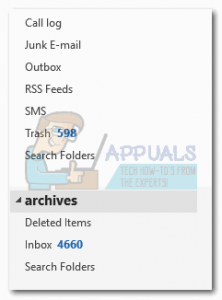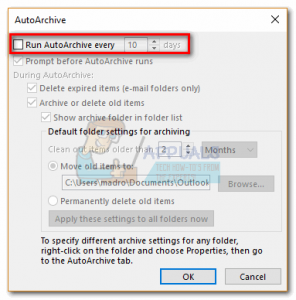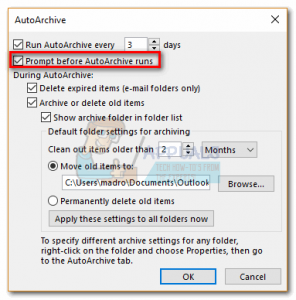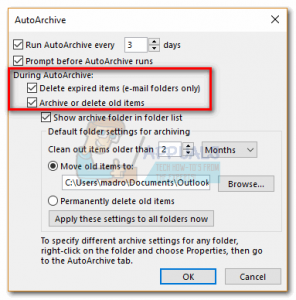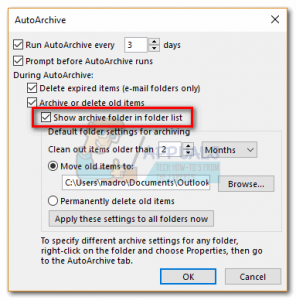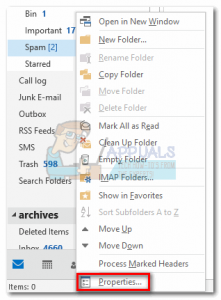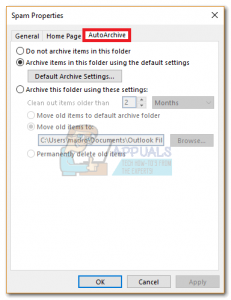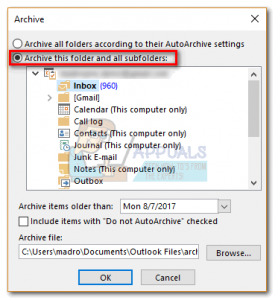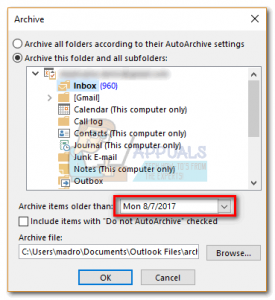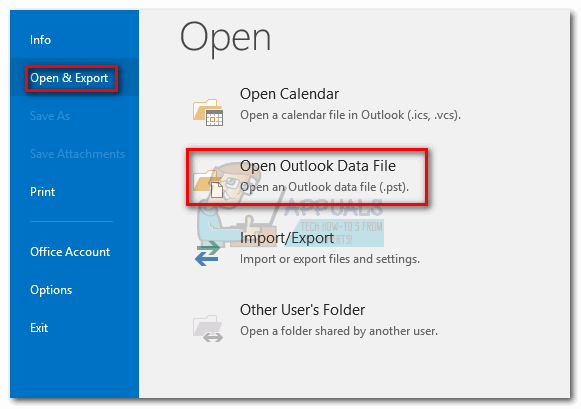Without exception, every version of Outlook supports Archiving. Even more, you have multiple choices when it comes to archiving your items in Outlook. The most convenable way is to use AutoArchive to deal with older messages, appointments, and tasks. Another way to do it is to use manual archiving to move messages to a specific folder. But the quickest way is to use the Archive button located in the File Menu. Keep in mind that Outlook keeps a default folder for archiving purposes that can’t be deleted. Archiving your email will help you keep a clean shop, making it easier to search for older emails while keeping your inbox uncluttered. Below you have a series of guides that will walk you through archiving items in Outlook in every possible way. Let’s begin!
Method 1: Manually archiving messages with a single action
This method is the quickest way of moving one or more messages to the Archive folder. These archived files will remain accessible via the search box or by manually navigating to the Archive folder. The archived items can also be viewed on mobile devices by visiting the Archive folder. Here’s a quick guide on manually archiving items in Outlook 2016:
Method 2: Using the AutoArchive Feature
Outlook has an automatic feature capable of archiving items called AutoArchive. This feature can be programmed to archive items at regular intervals. All versions of Outlook have support for archiving. The difference is, AutoArchive is turned off by default in Outlook 2010 and later. After AutoArchive is enabled, users can set properties for each folder they want to be archived. Keep in mind that when you archive an email, it will be moved into another PST file and will no longer be available in the main PST file. Here’s a quick guide on enabling and using AutoArchive:
How to Enable and Configure AutoArchive
After you enabled and configured AutoArchive, it will automatically do its job in due time. You can confirm that it’s working by checking if the Archives folder is being populated.
Configuring AutoArchive properties for individual folders
After you finish configuring the AutoArchive feature, you can add an extra layer of control by setting specific properties for each of your folders. It’s common practice for folders such as Deleted Items or Spam to use different AutoArchive properties than your main email folder. Note: If you don’t set individual AutoArchive settings for a folder, it will automatically use the global AutoArchive settings configured above. Here’s a quick guide on setting individual AutoArchive properties to a folder:
Method 3: Manually Archiving emails using Cleanup Tools
If you’re not a big fan of automation, there’s a middle ground solution that will allow you to archive in bulk with even more control. With this method, you can archive an entire folder along with its subfolders. If you don’t want to wait for AutoArchive to kick in, you can do it yourself and choose where you want to save them. Here’s what you need to do: You’ll shortly notice that some emails will be moved from your default folders to the archived pst file. Note: The archived file should become accessible in Outlook as a folder. If for some reason it doesn’t go to File and click Open & Export. Then, click on Open Outlook Data file, navigate to the location of your archive and hit OK.
Fix: Outlook Not Sending Emails ‘2007, 2010, 2013, 2016’How to: Create A New Outlook 2007, 2010, 2013 or 2016 ProfileHow to Fix Outlook “2007, 2010, 2013, 2016” Starting in Safe ModeHow to Setup Out Of Office replies in Outlook 2013/2016 and 2010

